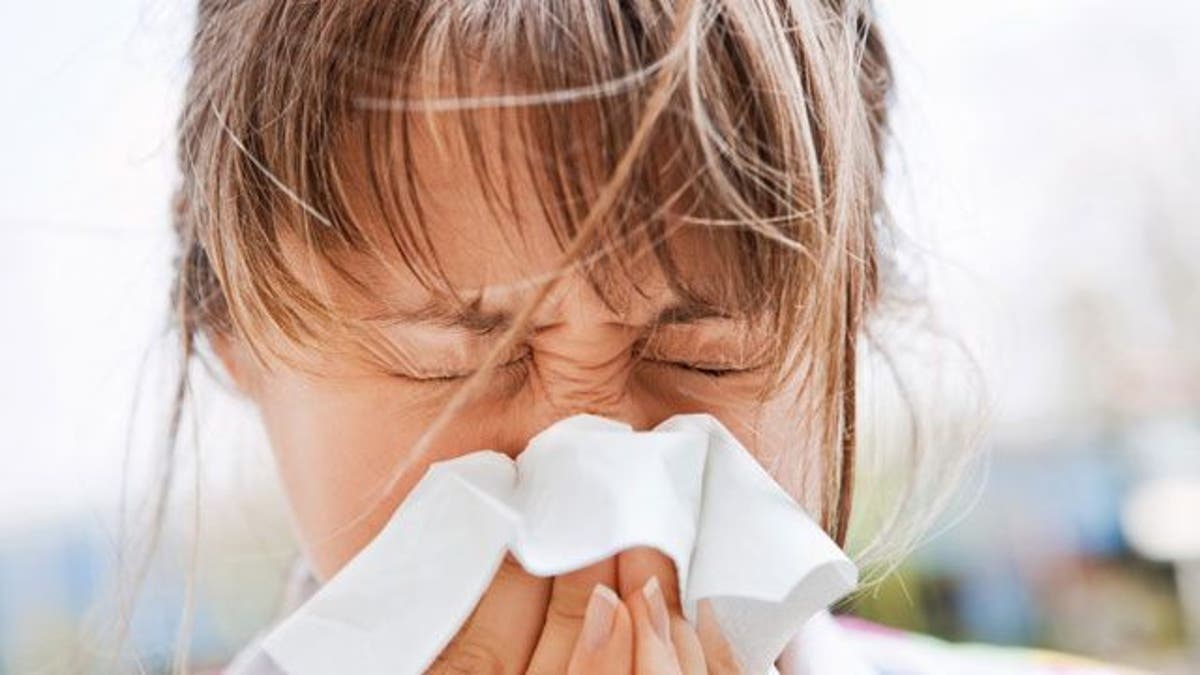
The 12th annual "Spring Allergy Capitals" report was released today by the Asthma and Allergy Foundation of America (AAFA). For the third time in the report's history, Louisville, Kentucky was ranked number one (up from fifth place last year).
Other cities in the top 10 included Dallas, Texas; Richmond, Virginia; and Birmingham, Alabama.
"We should point out that even Colorado Springs, Colorado, which came in last at 100, is considered bad for allergies," noted Mike Tringale, Senior Vice President of External Affairs for AAFA. "There are 320 metropolitan areas in the country and these are the 100 that have the right mix of factors to be considered ‘allergy capitals' - i.e., the most challenging for certain allergy sufferers."
The factors that go into the rankings are the area's pollen score, allergy medicine utilization and the number of board-certified allergists. The pollen score, which is provided to AAFA by IMS Health, reflects recorded pollen/mold spore levels, the predicted prevalence for certain types of pollens/molds over the most recent spring season and the duration of the peak season for the most allergenic pollen types. It also considers the percentage of people in the area who are affected by those pollens.
The medicine utilization score considers the sale of prescription, over-the-counter and behind-the-counter allergy medication sales per patient during the most recent spring season.
The last factor calculates the number of board-certified allergy and immunology specialists per every 10,000 patients. Weights are applied to each factor and a composite final score is calculated for each metropolitan area.
Nearly 45 million Americans have allergies, and they account for more than 17 million outpatient office visits a year, primarily in the spring and fall, according to the CDC. The number of allergy sufferers has been increasing steadily since the early 1980s across all age, sex and racial groups.
Tringale said that increase can be linked directly to a rise in pollen production. "We co-produced a report three years ago that showed that spring starts two weeks earlier than it did 20 years ago and produces a higher concentration of pollen. It might be because recent increases in environmental carbon dioxide make plants grow bigger and thus pollinate more," he said.
Another anomaly this year was the overlap of spring with winter, which AAFA has dubbed "Spwinter." Signs of spring and buds on trees began appearing as early as February, but winter conditions continued to wreak havoc, too, causing record rain or snow and temperature changes of nearly 50 degrees in just one day. According to AAFA's press release: "This combination of Spring and Winter, along with extreme precipitation, means an increased presence of mold in some areas as well as intermittent tree pollination, all of which can trigger allergic reactions."
Dr. Clifford Bassett, assistant clinical professor at NYU's School of Medicine and an ambassador for AAFA, added that the types of trees common in most metropolitan areas are also contributing to the increase in allergy problems. "I refer to this as the ‘battle of the sexes.' Decades ago, we had more insect-pollinated female trees. Now in many cities, we have more wind-pollinated male trees, which pack a more intense release of allergy-causing seasonal allergies."
Tringale pointed out that the South and Southeast usually rank highest in AAFA's Spring Allergy report (as they did this year) and that the focus moves to the Northeast and Mid-Atlantic in the fall. That is because tree pollens are highest in spring, grass pollens are highest in summer and weeds dominate in the fall.
Tringale told Reuters in a phone interview that knowing this gives perspective and makes you realize that no place is totally safe. "No matter where you live, you could be affected by allergies. It depends what you're allergic to. As we like to say, ‘don't move; improve.'"
He added: "We recommend taking a proactive approach. Once you know what you're allergic to and when those triggers tend to occur, you will be able to approach your allergies prophylactically and possibly prevent your symptoms rather than trying to treat them after they've made you miserable."
Bassett agreed: "Getting tested is invaluable in order to develop an individualized ‘allergy action plan' and to help prevent and reduce seasonal allergies."
The full Spring report is available at www.AllergyCapitals.com. AAFA's 2014 "Fall Allergy Capitals" report will be released in September.
